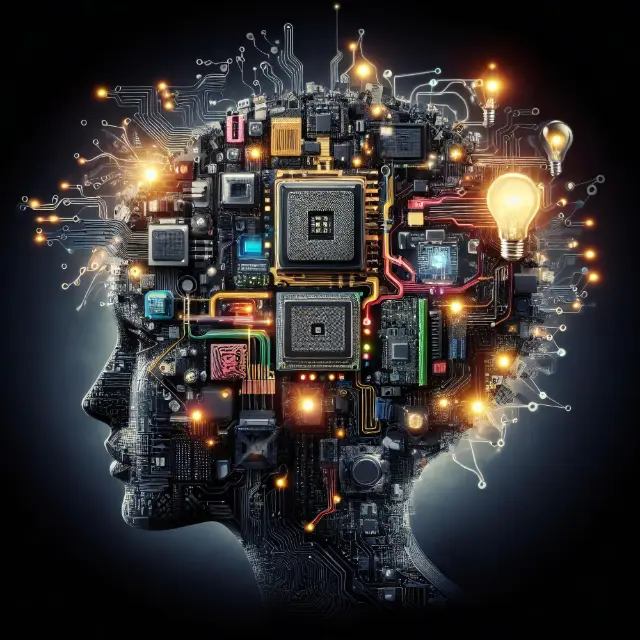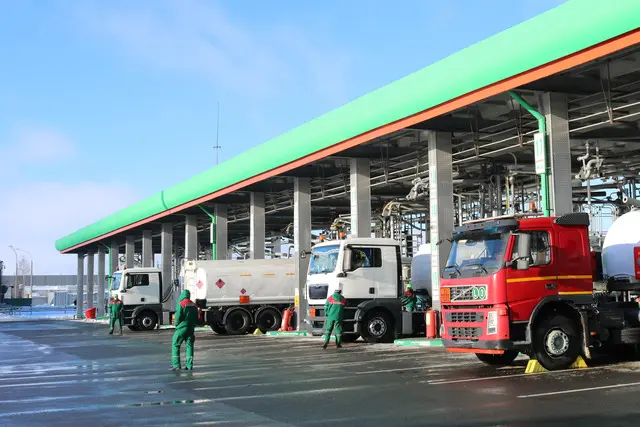Empowering Dispatching Automation with Python, AI, and Cloud Solutions
In the fast-paced world of supply chain management, efficient and accurate dispatching is paramount to meeting customer demands and optimizing operations. Traditional manual dispatching processes are prone to errors, delays, and inefficiencies, which can have detrimental effects on productivity and profitability.
Python, with its versatility and automation capabilities, combined with the power of AI and cloud-based solutions, offers a transformative approach to dispatching automation. By leveraging these technologies, businesses can streamline dispatching operations, reduce costs, and enhance customer satisfaction.

Python, AI, and Cloud: The Trinity of Dispatching Automation
Unattended Bots: Automating Routine Tasks
Python’s robust capabilities make it ideal for developing unattended bots that can automate repetitive and time-consuming dispatching tasks, such as:
- Assigning drivers to vehicles based on availability and qualifications
- Scheduling pickups and deliveries to optimize routes and minimize travel time
- Tracking driver progress and adjusting routes in real-time to account for unforeseen delays
Attended Bots: Enhancing Human Efficiency
Attended bots can assist dispatchers with more complex tasks that require human judgment. By providing contextual information, automating data entry, and offering decision support, attended bots can:
- Streamline order processing and reduce errors
- Improve communication between dispatchers and drivers
- Enhance situational awareness and enable proactive decision-making
Cloud Platforms: A Superior Orchestration Platform
Cloud platforms offer a comprehensive suite of features and capabilities that far surpass traditional RPA/workflow tools orchestrators. These platforms provide:
- Scalability to handle large volumes of dispatching tasks
- Reliability and high availability to ensure uninterrupted operations
- Advanced analytics and reporting for performance optimization
- Integration with other supply chain systems for end-to-end visibility
AI: Enhancing Accuracy and Handling Edge Cases
AI techniques, such as image recognition, natural language processing (NLP), and generative AI, can significantly improve the accuracy and efficiency of dispatching automation. These techniques can:
- Automate the processing of unstructured data, such as images of delivery manifests
- Understand and respond to natural language requests from drivers and customers
- Generate optimized routes and schedules based on real-time data and historical patterns

Building a Robust Dispatching Automation with Python and Cloud
Step-by-Step Automation Development Process
- Process Analysis: Analyze the existing dispatching processes to identify areas suitable for automation.
- Data Collection: Gather relevant data from various sources, such as driver availability, vehicle capacity, delivery schedules, and customer orders.
- Algorithm Development: Develop Python algorithms to automate each sub-process, such as driver assignment, route optimization, and real-time tracking.
- Cloud Integration: Integrate the Python algorithms with a cloud platform to provide scalability, reliability, and advanced analytics capabilities.
- Deployment and Monitoring: Deploy the automation solution to the cloud platform and monitor its performance to ensure optimal efficiency.
Data Security and Compliance
Data security and compliance are paramount in the supply chain industry. Python and cloud platforms provide robust security features to protect sensitive data, such as:
- Encryption at rest and in transit
- Role-based access control
- Audit trails and logging
Python vs. No-Code RPA/Workflow Tools
While no-code RPA/workflow tools offer a low-code/no-code approach to automation, they often lack the flexibility and customization capabilities of Python. Python provides:
- Greater control over the automation process
- Ability to handle complex data structures and algorithms
- Faster execution times
Algorythum’s Approach: Empowering Clients with Python
Algorythum recognizes the limitations of off-the-shelf automation platforms and takes a different approach. By leveraging Python and cloud technologies, we empower clients with:
- Tailor-made Solutions: Custom-built automations that precisely meet their unique business requirements
- Enhanced Performance: Python’s efficiency and cloud scalability ensure optimal performance and faster ROI
- Future-Proof Investments: Python’s open-source nature and cloud platforms’ continuous innovation ensure that our solutions remain relevant and adaptable

The Future of Dispatching Automation
The convergence of Python, AI, and cloud technologies is unlocking new possibilities for dispatching automation. Future advancements may include:
- Autonomous Dispatching: AI-powered systems that can make intelligent dispatching decisions without human intervention
- Real-Time Optimization: Leveraging IoT data and machine learning to optimize routes and schedules in real-time, accounting for traffic conditions and unexpected events
- Predictive Analytics: Using historical data and AI to predict demand patterns and optimize dispatching operations proactively
Subscribe to our newsletter to stay updated on the latest advancements in dispatching automation and other industry-specific automation solutions.
Contact our team today for a free feasibility assessment and cost estimate for your custom dispatching automation requirements.

Algorythum – Your Partner in Automations and Beyond
At Algorythum, we specialize in crafting custom RPA solutions with Python, specifically tailored to your industry. We break free from the limitations of off-the-shelf tools, offering:
- A team of Automation & DevSecOps Experts: Deeply experienced in building scalable and efficient automation solutions for various businesses in all industries.
- Reduced Automation Maintenance Costs: Our code is clear, maintainable, and minimizes future upkeep expenses (up to 90% reduction compared to platforms).
- Future-Proof Solutions: You own the code, ensuring flexibility and adaptability as your processes and regulations evolve.









